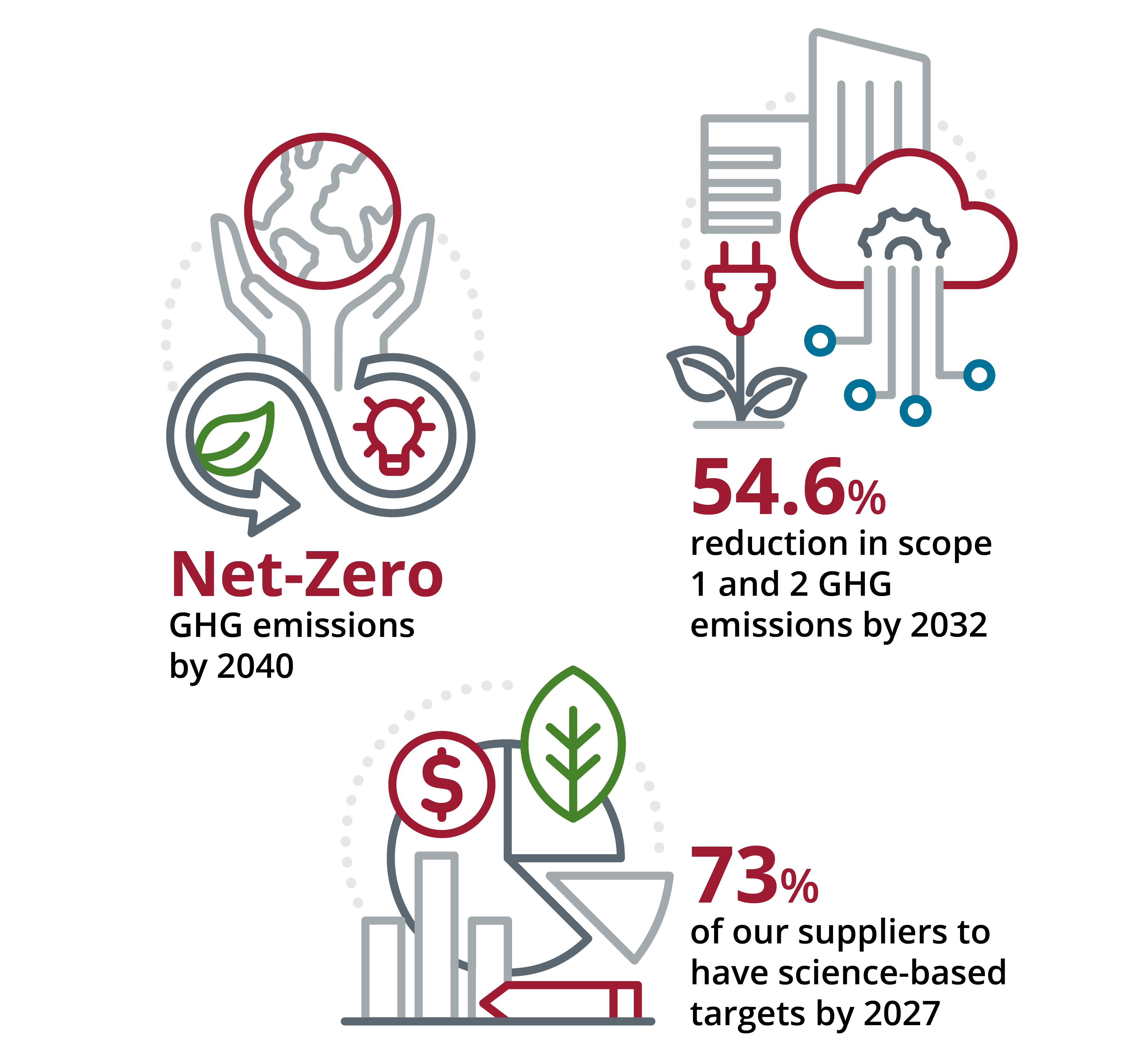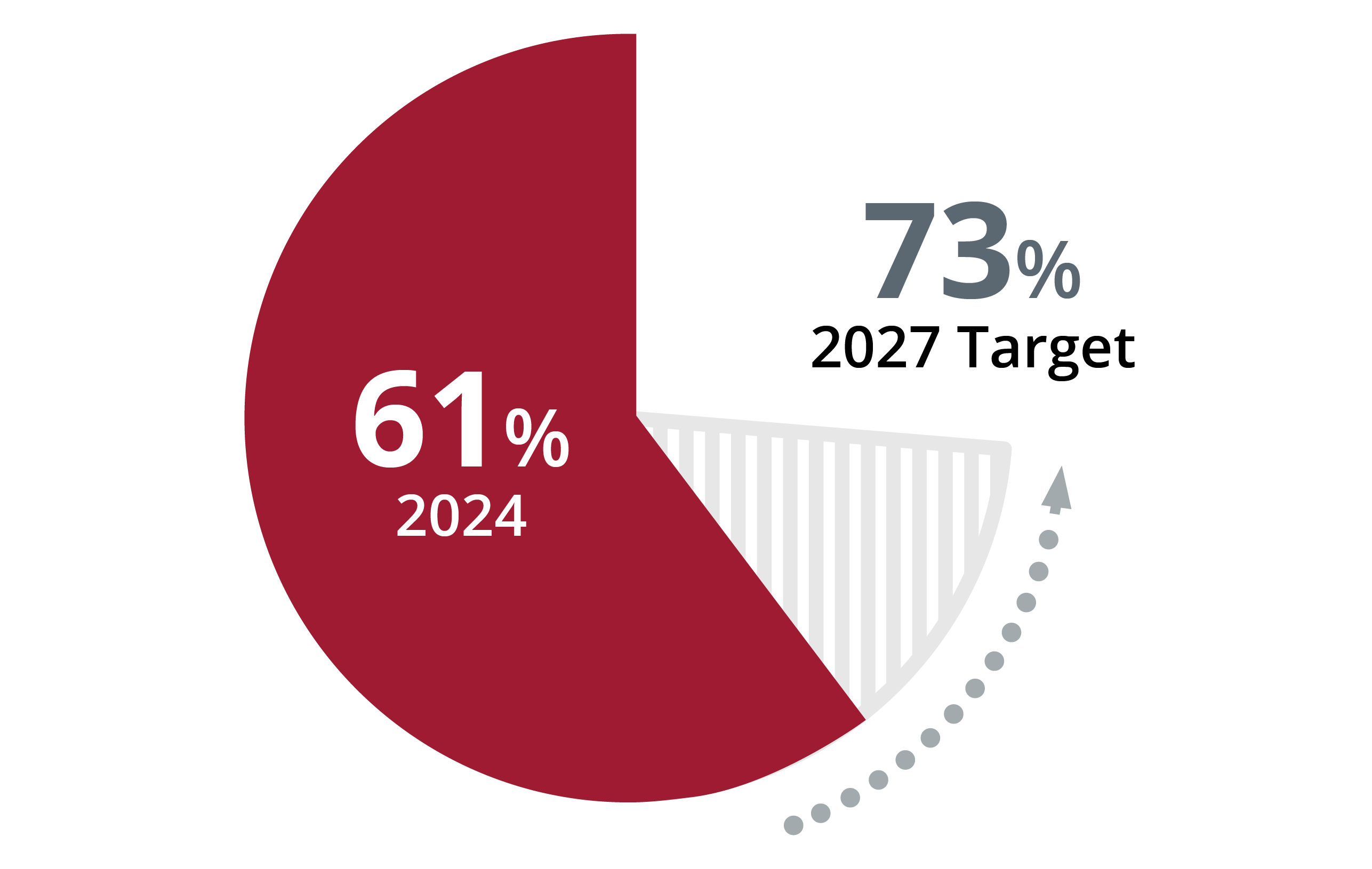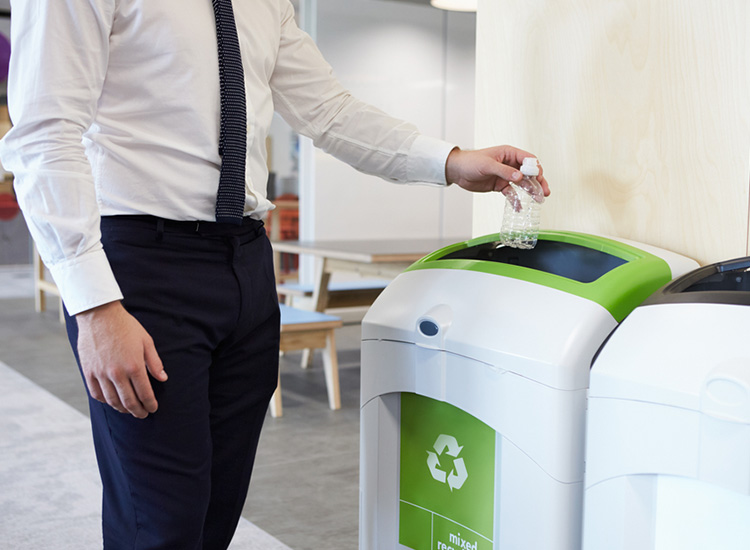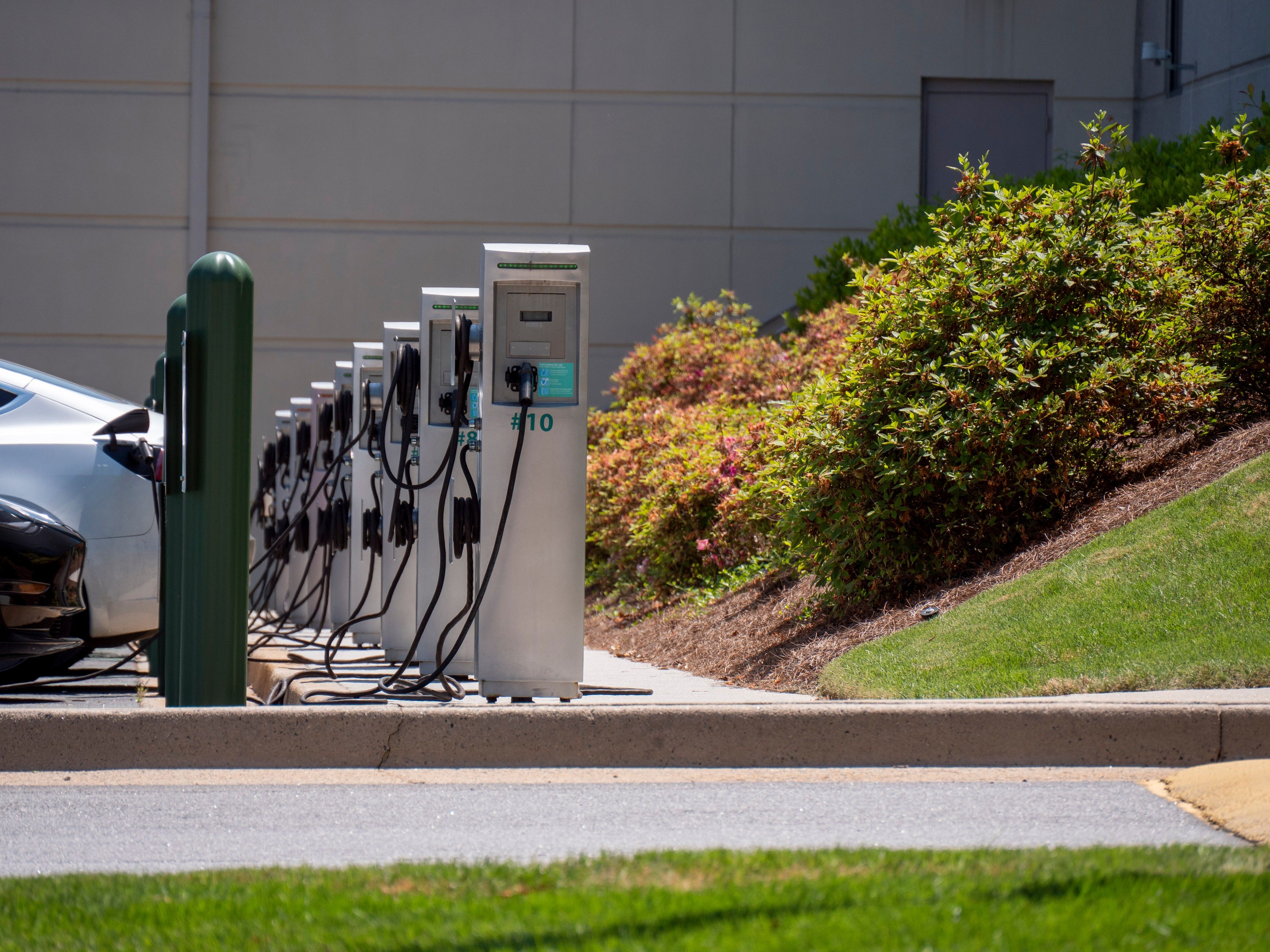Annual Climate Report
Our Environmental Priorities

Climate Commitments

Climate Strategy
Investment in Energy Efficient Worksites
In recent years, we have enhanced the energy efficiency of a number of our workplaces and we plan to incorporate these enhancements at other sites. We also target environmentally efficient buildings for our office space to further increase efficiency.
Facility upgrades (including those listed below) continue to increase energy efficiency.
As we near the completion of our cloud transformation, we are also taking steps to more efficiently manage our remaining onsite data centers, such as optimizing our HVAC systems and implementing cold aisle containment processes.
GHG Emissions Data & Metrics
Emissions Summary
A summary of our scope 1, 2 and 3 emissions during the past five years is set forth below.

Progress vs. Near-Term GHG Targets
We are committed to reaching net-zero GHG emissions by 2040 along a science-based pathway. In support of that goal, we have set near-term emission reduction targets, which have been validated by SBTi. Our current progress against these near-term targets is summarized below.
Progress vs. Scope 1 and 2 Target
We set an SBTi-approved target to reduce absolute scope 1 and 2 greenhouse gas emissions 54.6% by 2032, from a 2019 base year. As a result of our decarbonization efforts, we have decreased our scope 1 and 2 emissions by 52.3%, representing significant progress toward our near-term reduction target.


Progress vs. Scope 3 Target
We set an SBTi-approved scope 3 supplier engagement target that 73% of our suppliers by spend, covering purchased goods & services and capital goods, will have science-based targets by 2027. As of year end 2024, 61% of our suppliers have set science-based emission reduction targets, reflecting meaningful progress from our 2021 baseline of 20%.
Disclaimer
This webpage contains information that may constitute “forward-looking statements.” Generally, the words “believe,” “expect,” “intend,” “estimate,” “anticipate,” “project,” “will,” “may” and similar expressions identify forward-looking statements, which generally are not historical in nature. All statements that address operating or environmental performance and events or developments that we expect or anticipate will occur in the future, including statements relating to our climate strategy, reductions in our greenhouse gas emissions, improvements in our IT and data security infrastructure and similar statements about our outlook and our plans are forward-looking statements. We believe these forward-looking statements are reasonable as and when made. However, forward-looking statements are subject to risks and uncertainties that could cause actual results to differ materially from our historical experience and our present expectations or projections. These risks and uncertainties include, but are not limited to, those described in our most recent Annual Report on Form 10-K and subsequent filings with the U.S. Securities and Exchange Commission. As a result of such risks and uncertainties, we urge you not to place undue reliance on any forward-looking statements. Forward-looking statements speak only as of the date when made. We undertake no obligation to publicly update or revise any forward-looking statements, whether as a result of new information, future events or otherwise, except as required by law.
Last updated: March 25, 2025
You should assume that the information appearing in this webpage is accurate only as of the date it was last updated.









